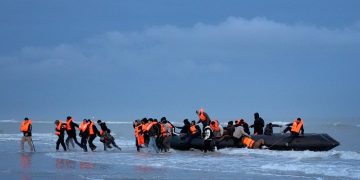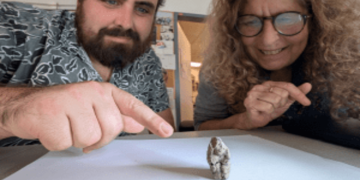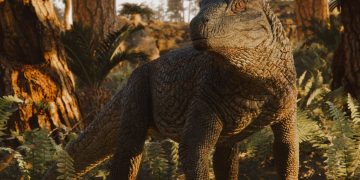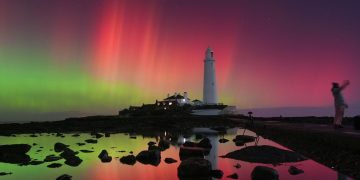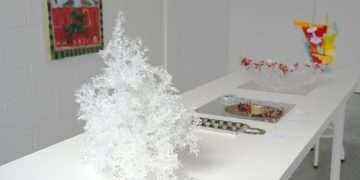A NEST of radioactive wasps has been discovered at a nuclear facility in the US, according to a public government report.
Startled officials found that the nest clocked in at 100,000dpm, a moderately high radiation level, US outlet WYFF noted.

After being discovered on 3 July, the nest has since been sprayed and bagged as radiological waste to be destroyed[/caption]
Disintegrations per minute (dpm) is the unit used to measure the rate at which a radioactive substance emits radiation.
The report from the US Department of Energy revealed that Radiological Control Operations uncovered a wasp nest attached to a post near a tank at the Savannah River Site in Aiken, South Carolina.
The nest has been described as “onsite legacy radioactive contamination”, instead of being a loss of radioactive control.
This means the nest is radioactive as a result of past activities, and not a result of a leak.
While the Department has not detailed how the nest became contaminated, it has assured that the ground and surrounding area have not been contaminated.
After being discovered on 3 July, the nest has since been sprayed and bagged as radiological waste to be destroyed.
“The delay in reporting was to allow time for reviewing previous wildlife contamination for consistency in reporting criteria,” the report stated.
No other operations were affected by the discovery, The Independent reported.
The site was constructed in the 1950s to produce the materials needed to build nuclear weapons during the Cold War.
But cleanup and environmental efforts began in the 1980s after it was declared a Superfund site – a contaminated location that poses potential threats to public health and the environment.
It is not the only case of radioactive wildlife inhabiting contaminated zones, with Norwegian reindeer becoming contaminated following the fallout of Chernobyl.
Elsewhere in South Carolina, researchers have been monitoring radiation in turtles in the Mohave Desert and the Savannah River.
Pacific Northwest National Laboratory researcher Cyler Conrad, who has been monitoring the turtles, told National Geographic: “So many different turtles at so many different sites were shaped by nuclear activity that occurred at those locations.”
He added: “I did not have a full appreciation for how widespread those nuclear signals are in the environment.”

radioactive-warning-sign-1013477685[/caption]

A headshot of a common wasp (vespula vulgaris).[/caption]
Source link



